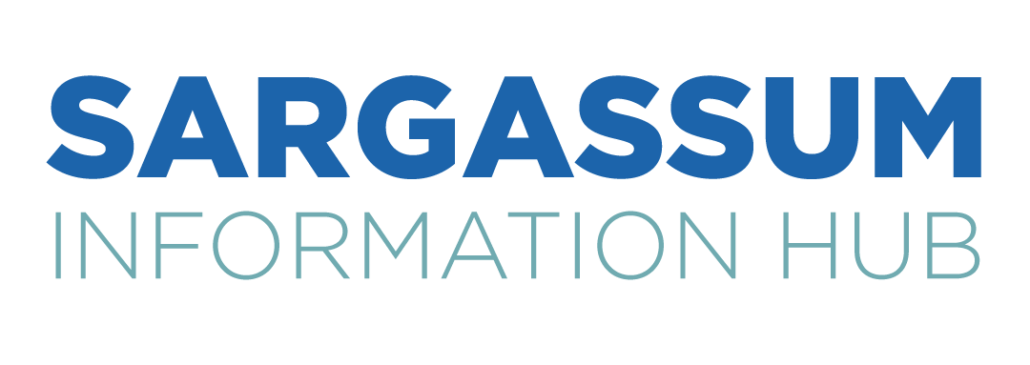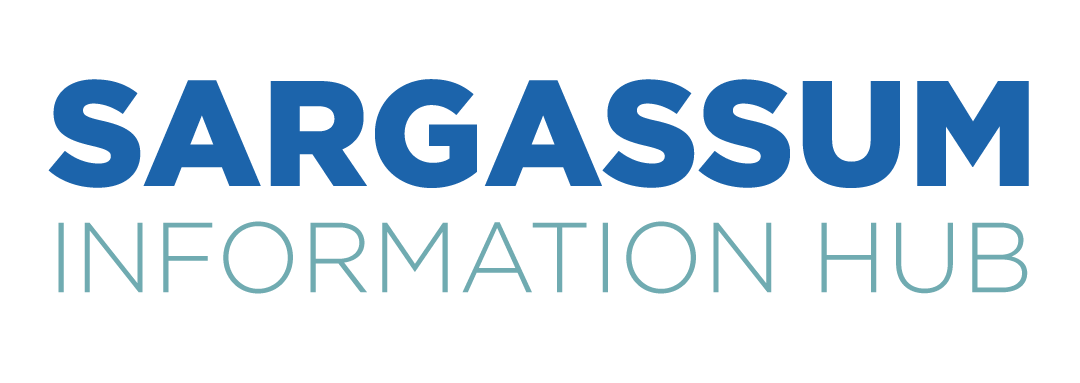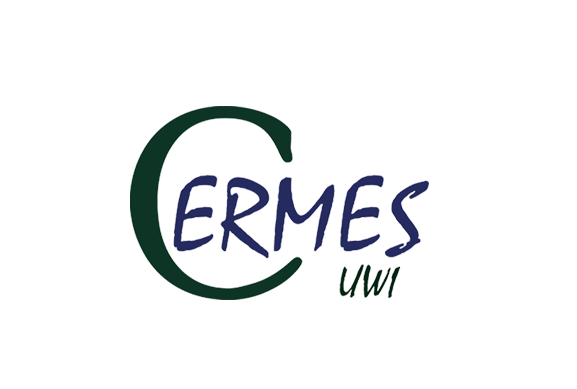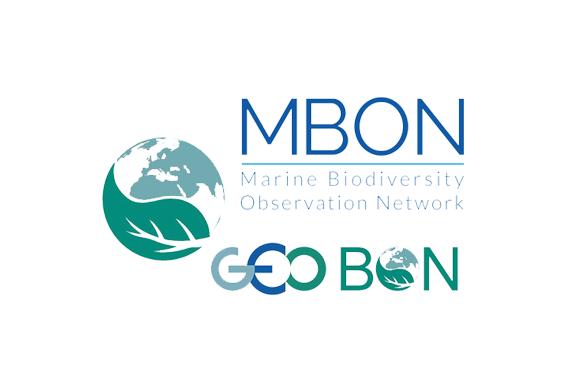ANGUILLA
Anguilla has been impacted by sargassum both on the mainland and its offshore cays. Although Anguilla has not been as severely impacted as some southern islands to date, influxes have resulted in increasingly negative ecological and socio-economic impacts. For instance biodiversity loss in coastal and marine ecosystems; health impacts associated with emissions of hydrogen sulphide and ammonia; and economic and livelihood impacts in the tourism, fisheries and marine transport sectors. Savannah Bay, Mimi Bay, Sandy Hill Bay, Long Salt Bay and Shoal Bay East are some of the locations most heavily impacted by sargassum influxes.









